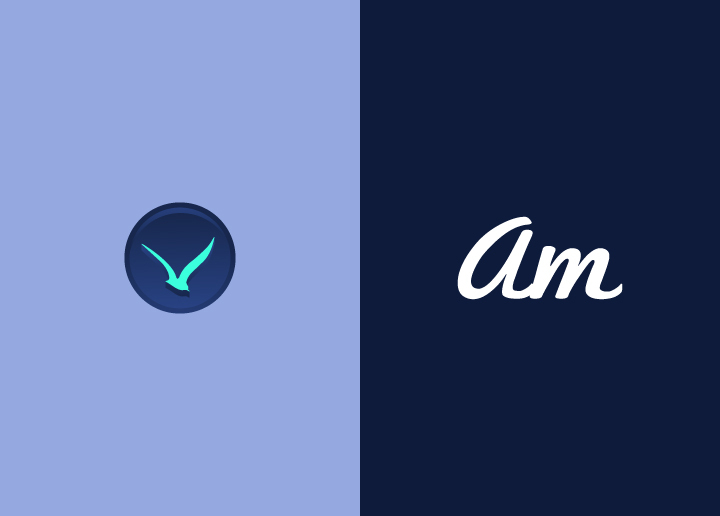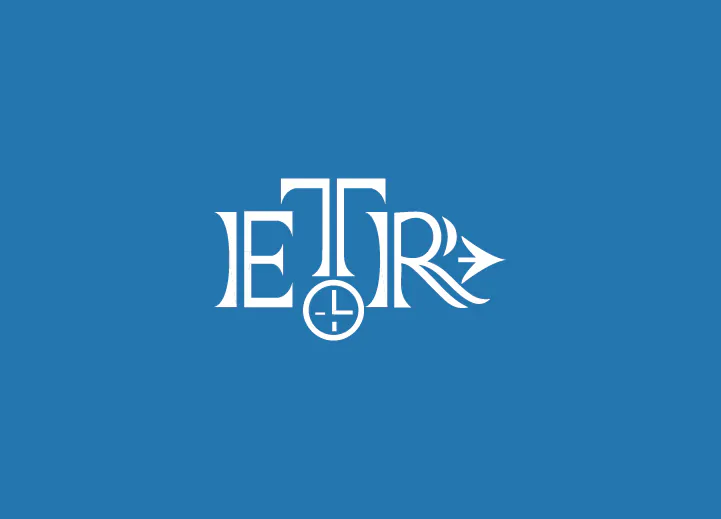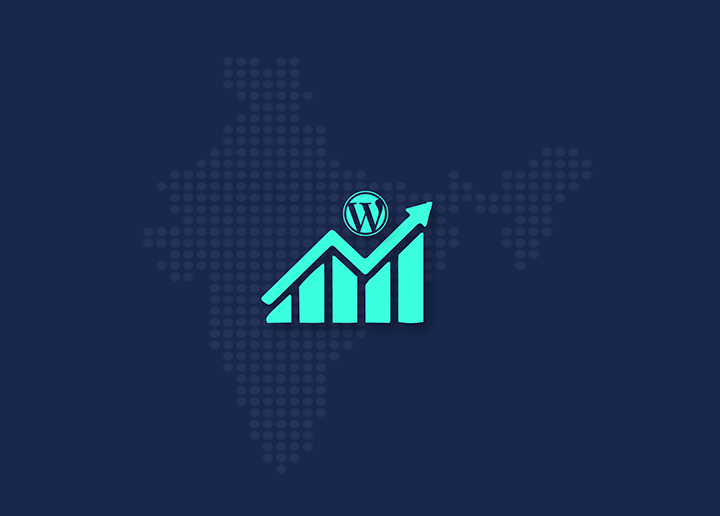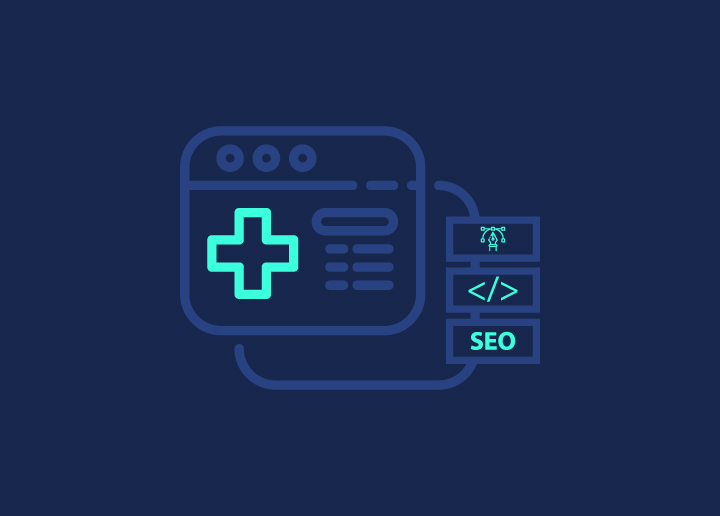Digital Experience Platform (DXP) is a comprehensive enterprise software that helps businesses manage and deliver seamless digital experiences across various touchpoints. They’re like all-in-one systems for websites and apps. These platforms consolidate content, data, and functionalities to create personalized and engaging user experiences.
By combining WordPress with a DXP, you can manage your content and improve how people interact with your site, creating better online experiences for your visitors. In this WordPress DXP guide, we will highlight the benefits of using WordPress in your DXP and explain the process of WordPress DXP integration. But before that, here’s an overview of DXP.
Contents
ToggleWhat is a Digital Experience Platform (DXP)?
DXP is a software that helps businesses create end-to-end digital experiences across websites, mobile apps, and social media. Its key features include:

- Content Management: It makes creating, editing, and publishing digital content easy.
- Personalization: It helps tailor content and site experiences, so you can cater to individual users based on their preferences, behavior, and demographics.
- Customer Data Management: DXP centralizes customer data from various sources to provide a unified view for better understanding and targeting.
- Integration Capabilities: It also integrates with other systems and tools, like CRM platforms and marketing automation software, for enhanced functionality.
- Analytics and Insights: Lastly, it provides comprehensive data analytics that helps track user behavior, engagement metrics, etc.
Traditional and Composable Digital Experience Platform: An Overview
A Traditional Digital Experience Platform (DXP) or All-In-One DXPs is an integrated software suite that offers pre-built, monolithic solutions for managing various aspects, such as content management, personalization, and analytics. It typically comes with a fixed set of features and functionalities.
- Advantages: Traditional DXP provides a comprehensive and all-in-one solution for managing digital experiences, making it easier to set up and use. Due to its established features and vendor support, it offers stability and reliability.
- Best for: Traditional DXP is ideal for organizations with straightforward requirements, limited technical resources, or a preference for out-of-the-box solutions without extensive customization needs.
A Composable Digital Experience Platform (DXP) is a modular and flexible approach to building comprehensive digital experiences by composing and integrating the best components and services. It emphasizes agility, customization, and scalability.
- Advantages: Composable DXP offers greater flexibility and agility in designing comprehensive digital experiences by selecting and integrating individual components based on specific needs. Microservices and APIs also enable faster innovation and adaptation to evolving requirements.
- Best for: Composable DXP is well-suited for enterprises with complex digital experience needs. If you require extensive customization & flexibility and have the technical expertise to manage and integrate diverse new components effectively, then this is for you.
Leverage the Power of WordPress to Enhance Your Digital Experience Platform
Whether you need assistance with installation, customization, or optimization, our team is here to support you.
Difference Between a CMS and a DXP: Summary Table
This table summarizes the primary differences between a CMS and a DXP, highlighting their respective focus, core functionality, customization options, scalability, and other key aspects.
| Aspect | Content Management System (CMS) | Digital Experience Platform (DXP) |
| Examples | WordPress, Joomla, and Drupal. | Sitecore, Adobe Experience Manager, and Salesforce Commerce Cloud. |
| Definition | Software for creating, managing, and publishing content. | Integrated suite of tools for managing end-to-end digital experiences. |
| Focus | Primarily focuses on content management. | Emphasizes creating holistic digital experiences across multiple touchpoints. |
| Core Functionality | Content creation, editing, and publishing. | Content management, personalization, data analytics, eCommerce, and more. |
| Customization | Customizable, but typically limited to content-related features. | Highly customizable, allowing for extensive integration and customization of various digital experience components. |
| User Experience | User-friendly interface for managing content. | Prioritizes creating seamless and engaging customer experiences across multiple channels. |
| Integration Capabilities | Limited integration capabilities beyond content management. | Comprehensive integration with various systems and services to deliver cohesive digital experiences. |
| Scalability | Suitable for small to medium-sized websites. | Designed to scale to meet the needs of enterprise-level digital experiences. |
| Personalization | Limited personalization features. | Offers advanced personalization capabilities to deliver tailored experiences to customers. |
| Analytics | Basic analytics for tracking content performance. | Advanced analytics for measuring user engagement and optimizing digital experiences. |
| eCommerce Support | Seamless integration with eCommerce platforms. | Often includes built-in eCommerce capabilities or seamless integration with eCommerce platforms. |
Advantages of Using WordPress in Your Digital Experience Platform
Integrating WordPress into your DXP offers numerous benefits. WordPress adds value by empowering you to streamline content management, personalize user experiences, and optimize site performance. As such, let’s explore the advantages of using WordPress within your DXP.
Enhanced Content Management Capabilities
WordPress enhances content management capabilities within your Digital Experience Platform (DXP) through its intuitive interface and features. With WordPress, users can easily create, edit, update, and publish content across multiple channels within the DXP environment.
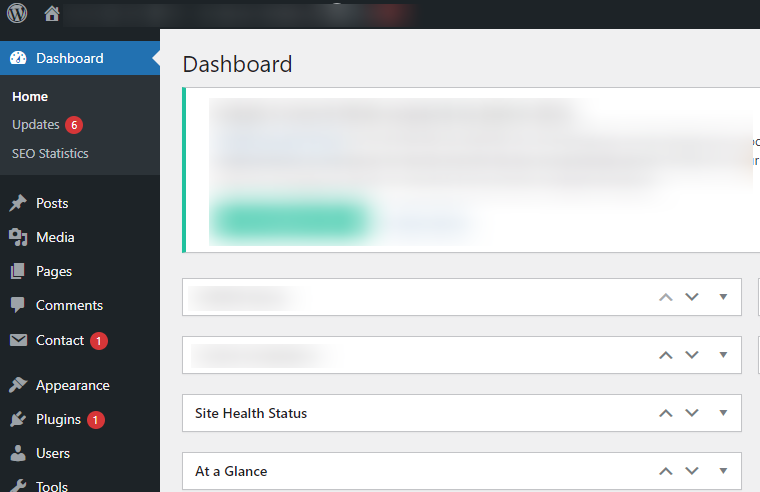
For example, WordPress offers a user-friendly editor that allows content creators to format text, add images, embed multimedia, and preview their content before publishing. This simplifies the content creation process and makes it easy for users to maintain consistency and quality across their digital properties.
WordPress’s flexible content organization features, such as categories and tags, also enable efficient content categorization and navigation within the DXP. This helps users quickly locate and manage content, improving overall content management efficiency within the platform.
Improved User Experience and Engagement
WordPress offers customizable themes, responsive design, and interactive features that help improve user experience and engagement within your digital experience platform.

For instance, with WordPress, you can easily embed videos, audio files, and interactive media into your digital experiences. Using embedded videos, you can create engaging product demos, tutorials, or virtual tours. This multimedia content enriches the customer experience and provides valuable information in an engaging format.
Moreover, WordPress supports the integration of interactive elements such as forms, quizzes, and social media feeds. This can further help you create dynamic and engaging content that captures users’ attention and encourages interaction.
Scalability and Flexibility for Diverse Digital Projects
WordPress provides scalability and flexibility for diverse digital projects within your Digital Experience Platform (DXP) by offering a modular and adaptable architecture.
WordPress’s modular design allows you to customize and extend its functionality through plugins and themes, making it suitable for various projects. WordPress can scale to meet your needs, whether you’re building a portfolio website or an enterprise platform.
Furthermore, WordPress’s open-source nature and extensive community support ensure you can access vast resources and developer tools. This flexibility enables you to tailor your DXP to suit your requirements and adapt to changing business needs over time.
Read: How to Convert Adobe XD Design to WordPress Website
Cost-effectiveness
This is another reason to use WordPress for DXP. WordPress is an open-source platform, making it freely available to download and use. Plus, many of its plugins and themes are also open-source or available at affordable prices, which helps reduce the overall cost of building and maintaining your DXP. This affordability makes WordPress an attractive option for businesses of all sizes, especially those with limited budgets.
Learn about: WordPress Pricing: How Much Does a WordPress Website Cost
Ease of Maintenance
One of the biggest plus points of WordPress is its straightforward maintenance processes. WordPress can be easily maintained – be it plugin and theme updates or core software updates. There are plugins and services like BlogVault available that provide one-click update options and help with website backup. This simplifies the website maintenance process, reducing the need for extensive technical expertise or dedicated IT resources.
Steps to Integrate WordPress in Your DXP
Here’s how you can integrate WordPress in your DXP in three easy steps:
Step 1: Choosing the Right DXP
Research and evaluate various Digital Experience Platforms (DXPs) to find one that aligns with your business needs, scalability requirements, and budget. Consider factors like built-in features, flexibility, integration capabilities, and vendor support. Also, select a DXP that offers a simple solution for seamless APIs integration with WordPress.
Step 2: Installing WordPress on the DXP
Once you’ve chosen your DXP, follow the platform-specific guidelines or documentation to install WordPress. Depending on the DXP, you may have the option to install WordPress directly from the platform’s marketplace or manually using FTP or a control panel. Here, ensure that you meet the system requirements and have the necessary permissions to install WordPress on your DXP environment.
Step 3: Customization Options for WordPress
Within your DXP environment, check out the customization options available to tailor WordPress to your requirements. You can customize WordPress themes and plugins to match your brand identity and integrate seamlessly with the rest of your DXP.
Also, leverage DXP features such as personalization, analytics, and content management tools to enhance your WordPress-powered content’s functionality and user experience. Lastly, consider using DXP APIs and integrations to connect WordPress with other systems and services, such as customer relationship management (CRM) systems, marketing automation tools, and eCommerce solutions.
Using Headless WordPress as the Core of a Composable DXP
You can also consider Headless WordPress for your composable DXP. This involves leveraging WordPress solely as a content management system (CMS) while decoupling its front-end presentation layer. In this setup, WordPress continues as the primary platform for creating, organizing, and managing content. While the other features include:
- Decoupled Architecture: The front-end is separated from WordPress, allowing developers to build a custom front-end using modern JavaScript frameworks.
- API Integration: WordPress provides RESTful APIs (or GraphQL), which are used for custom-built front-end applications. This enables quick integration with other systems and services within the Composable DXP environment.
- Flexibility and Scalability: By decoupling the front-end, organizations gain the flexibility to design and develop tailored user experiences while maintaining the scalability and reliability of WordPress.
- Composable Components: Developers can compose the DXP by integrating WordPress with other services and microservices, such as headless commerce platforms or personalization engines.
Best Practices for WordPress DXP Integration
While WordPress DXP integration offers numerous benefits, it requires careful planning and execution to ensure optimal performance. Thus, here are some best practices to guide you through the process.
Choosing the Right DXP Architecture
Evaluate your organization’s requirements and objectives to determine the most suitable DXP architecture, such as monolithic, microservices-based, or hybrid. In addition, ensure that the chosen architecture aligns with WordPress’s integration capabilities and supports seamless communication between WordPress and other DXP components.
Optimizing Performance and Security Measures

To optimize site performance, implement caching and use content delivery networks (CDNs). For security measures, use security plugins, firewalls, and strong authentication methods like two-factor authentication. Plus, always ensure that your WordPress core, themes, and plugins are up-to-date.
Read: Ultimate WordPress Security Guide
Ensuring Compatibility with Third-party Tools and Services
When choosing third-party tools and services to integrate with WordPress within the DXP, prioritizing compatibility is important. Choose third-party tools with robust APIs or integration options for seamless communication and data exchange with WordPress.
Furthermore, thorough testing must be conducted to ensure compatibility and interoperability between WordPress and third-party components.
Implementing Effective Content Governance and Workflows
Another best practice is to define clear content governance policies and workflows to streamline content creation, approval, and publication processes within WordPress. Here, you can leverage WordPress’s built-in user roles and permissions to control access to content management functionalities and ensure accountability.
Plus, implement version control and revision history features to track changes and maintain content integrity throughout the DXP.
Enhancing SEO and Accessibility
Use WordPress SEO plugins to optimize content for users and search engines, including metadata optimization, XML sitemap generation, and schema markup.

Also, ensure that WordPress themes and customizations adhere to accessibility standards (such as WCAG) to make digital experiences inclusive and accessible to all users. Further, it is important to regularly audit and optimize WordPress content and templates for SEO and accessibility compliance.
Related: accessiBe Review: Best Solution for Web Accessibility and ADA Compliance
Need Help with SEO Post WordPress DXP Integration?
Our team specializes in optimizing WordPress-powered DXPs for search engines. Learn how we can boost your online visibility and drive results!
Conclusion
While both Content Management Systems (CMS) and Digital Experience Platforms (DXP) play crucial roles in managing digital content, they differ significantly in scope and capabilities. Integrating WordPress into your DXP can help you enhance your digital presence.
By making the best of WordPress’s robust content management capabilities within your DXP, you can streamline content creation, personalize user experiences, and optimize performance.
By following best practices and leveraging WordPress’s flexibility, scalability, and extensive themes & plugins, you can create compelling and consistent experience across various channels. Thereby, engaging users and driving business success. Plus, you can use WordPress as a traditional CMS or leverage its headless architecture for a composable DXP.

